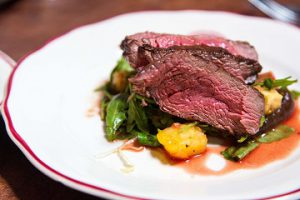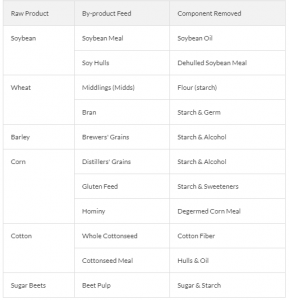With the current world population at 7.7 billion, food production is of major concern and puts increasing pressure on the agriculture community to provide that food. The initial next step is concern over the environmental impacts such production could create. Muddled in all of that is an immediate conclusion that plant-based diets will save the earth.
Put on the brakes!

Production of calories does not equate to diet quality. Protein is one of the most limiting nutrients in our environment. Research studies that focus on aging, bed rest, post-surgery, diabetes, obesity, and athletic performance have shown that diets with protein greater than the Recommended Daily Allowance are beneficial to protect and strengthen skeletal muscle and maintain metabolic health. (Layman, 2018). In fact, many studies recommend eating 20-30 g of protein at every meal to maintain weight, build and repair muscle, and provide energy. There are many nutrients that are highly bio-available to humans in beef.
How about the argument that cattle eat the food we could be eating?

Oh, contraire. Fact is, in the United States more than 85% of the calories fed to cattle come from forages and plant materials not suitable for human consumption. Looking at grain, 53% of Iowa’s corn is used for ethanol production to fuel cars, 12% for human food, and 5% for beef and dairy cattle. Also, all of the waste that is left over from the ethanol production is used for cattle feed. Speaking of byproducts, there are many from human food and fiber production that would end up in landfills if it weren’t for use by cattle.
What about converting more agricultural land into farming crops?
Well, switching grazing land into cropland is not sustainable. The U.S. Department of Agriculture research Services concluded nearly 80% of the agricultural land in the U.S. is only suitable for ruminant animals because they can digest and utilize grasses and forages. In addition, they concluded that our land mass can sustain the largest population by following an omnivore diet which balances plant and animal food sources.
What about high-protein plant foods?
Animal proteins are “nutrient dense” which translates into a lot of nutrition for your calorie “buck.” In other words, you can eat a 3 oz. serving of lean beef provides 25 grams of high-quality protein and
has only 173 calories. To get the same protein from black beans, you would need to eat 1 2/3 cups and would consume 379 calories. Additionally, there are essential amino acids that you simply cannot get from plant proteins. The key: eat from the USDA My Plate diagram.
It seems we always wind up back to the idea of “balance.” Cattle (and other ruminants) help to balance the trilemma of providing food for a growing population, maintain the environment (even helping the environment), and improving human health with high quality foods. Next time you enjoy a steak, remember you are actually helping
to use up otherwise unusable fiber products.
For more information, read Nutrition Today Article
 0
0
